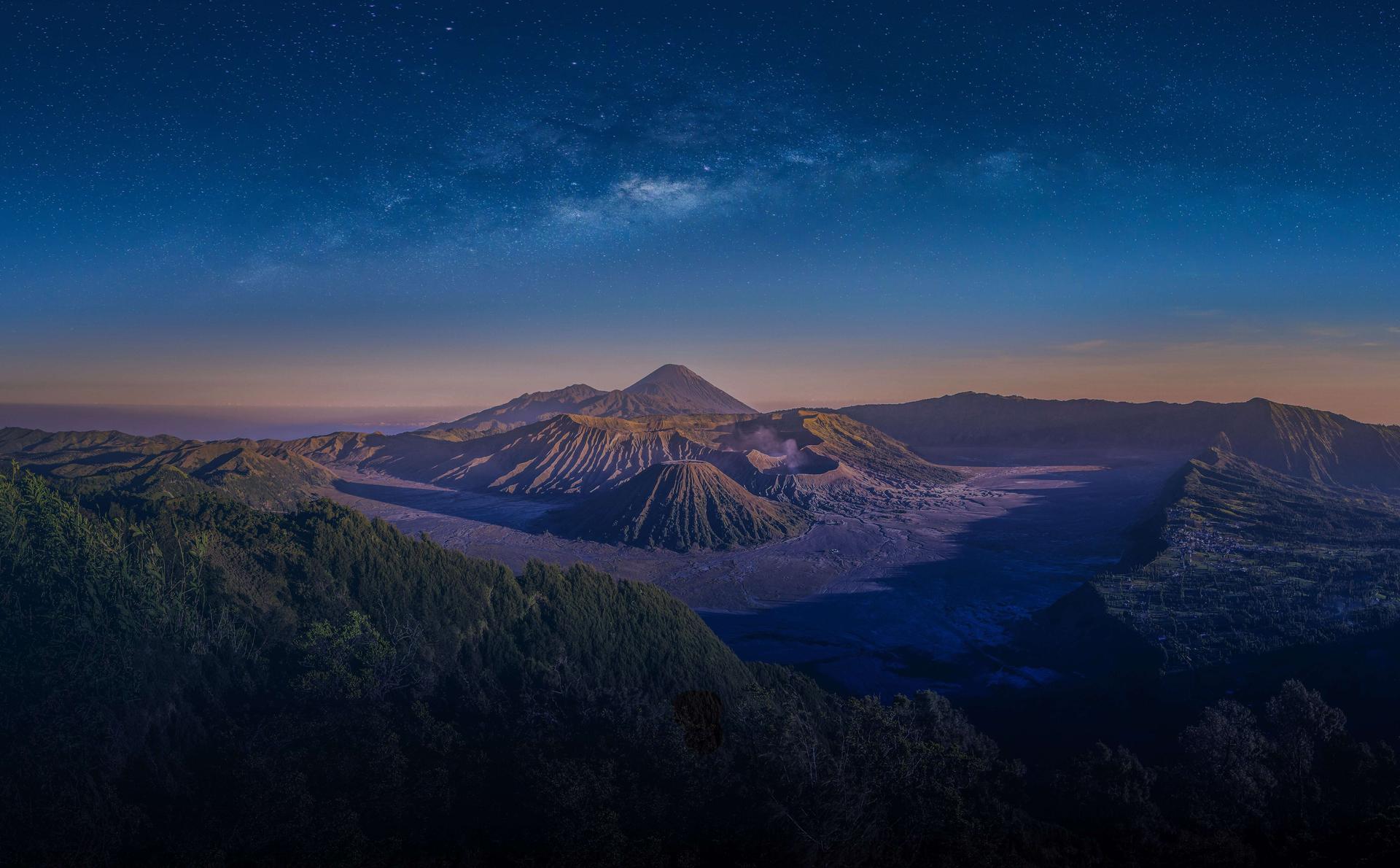Event: Sapporo Snow Festival in Japan

The capital of Hokkaido, Sapporo, hosts the annual Sapporo Snow Festival (Sapporo Yuki Matsuri) for a whole week in February. This festival is regarded as one of Japan's most well-attended wintertime celebrations. Over two million people from Japan and worldwide attend this highly marketed event each year to marvel at the incredible snow and ice sculptures that have become its hallmark.
History of Sapporo Snow Festival
Source: Shutterstock @samshutterstock
In 1950, local middle and high school students built six snow sculptures in Odori Park, starting the snow festival. Snowball battles, snow sculpture exhibitions, and a carnival accompanied the 1950 celebration. Over 50,000 people attended despite minimal expectations. After this, city residents held a snow celebration every winter.
In 1959, 2,500 people made snow sculptures on the 10th anniversary. Due to media attention, the following year’s festival was tremendously successful, with more people coming from Honshu to visit the festival.
Sapporo Snow Festival: Time, Location, and What to Expect
Source: Shutterstock @drflash
Odori, Susukino, and Tsudome are the venues where the snow festival occurs. The Odori site is located within Odori Park, a 1.5-kilometer-long area in the heart of Sapporo. The festival’s signature huge snow sculptures are shown here, with some measuring over 25 meters in width and 15 meters in height. Every day, they stay on until midnight.
At the Odori site, you may see over a hundred smaller snow sculptures in addition to a dozen larger ones, and you can also attend several concerts and other events, many of which use the sculptures as a stage. The Sapporo TV Tower, located near the eastern extremity of Odori Park, provides a fantastic vantage point over the site.
The tower is open later than usual during the event, from 20:30 until 22:30. The adult admission fee to the upper observation deck is 720 yen. A ticket that costs 1100 yen can be used both during the day and at night.
Over a hundred ice sculptures are displayed at the Susukino site, named Sapporo’s busiest nightlife zone. Just one subway stop south of Odori Park is the neighborhood of Susukino.
The Tsudome site, further from the event’s epicenter, is geared towards families with three types of snow slides, snow rafting, and additional snow sculptures. Its ice sculptures are illuminated nightly until 23:00 (until 22:00 on the final day of the festival).
There are numerous food vendors and a performance area inside the dome. The daily hours of operation for the Tsudome site are 9:00–17:00. A few days before the official commencement of the festival, on February 1, 2023, the Tsudome site will open to the public.
Also read: Itinerary & Budget: 14D 13N in Japan
How to Go to Sapporo Snow Festival
Source: Shutterstock @kudosstudio
The Tsudome site is located on the outskirts of Sapporo, in contrast to the Odori and Susukino sites, which are in the city's heart. From Sakaemachi Station, the last stop on the Toho Subway Line, you can catch a shuttle bus (100 yen one way, departures every 5–15 minutes) or walk there in around 15 minutes (10 minutes, 250 yen from Sapporo Station).
There are shuttle buses from the Odori site and Sapporo Station that will take you to the Tsudome site (300 yen one way, every 20–30 minutes). It’s important to know that there is nowhere to park near the Tsudome site.
If you’re planning to spend your next holiday in Japan this year, the Sapporo Snow Festival is a must. There are plenty of interesting places and friendly tourist areas to see. Make the most of your travel experiences by booking flights and hotels with Traveloka!
In This Article
Must-Try Activities in Sapporo

Sapporo Mount Moiwa Ropeway and Mini Cable Car Tickets

Hokkaido: Asahiyama Zoo, Biei Blue and Ningle Terrace 1-Day Tour (Hokkaido Line A)

Hokkaido Day Tour | Jozankei Hot Spring, Otaru, and Shiroi Koibito Park | Departure from Sapporo

Hokkaido, Japan|Jozankei Hot Springs One-Day Tour Package|Including Shuttle Bus + Hot Springs (Departing from Sapporo)
Recommended Articles

Sapporo Itinerary: 3 Days of Nature, Noodles & Northern Charm

Getting Around Sapporo, Japan

4 Easy Ways to Go to Sapporo From Tokyo

Cyprus Summer Itinerary: Beaches, Ruins & Road Trip in 5 Days

Brighton Summer Itinerary: Seaside Fun & Culture in a Day Trip

Cape Town Summer Itinerary: 5 Days of Nature, Wine & History














 Facebook
Facebook Instagram
Instagram Youtube
Youtube
